#indigenous women in film
Explore tagged Tumblr posts
Text
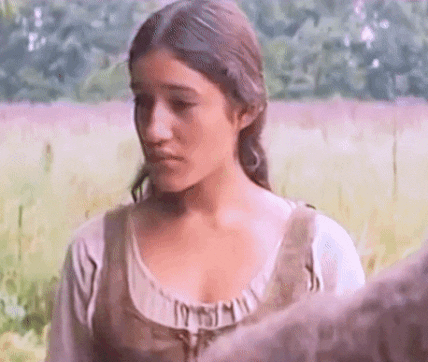

Q’ORIANKA KILCHER in Terrance Malick’s A NEW WORLD (2005)
#a new world (2005)#q’orianka kilcher#indigenous women#native faceclaims#poc faceclaim#indigenous people in film#indigenous women in film#women in film#pocwomen#poc women in film#people of colour in film#underrated movies#poc gif hunt#indigenous gif hunt#period drama#period drama films#period drama gifs#underrated faceclaims#zo ✬#zo’s gifs#zoramones#my gifs#gifs
15 notes
·
View notes
Text

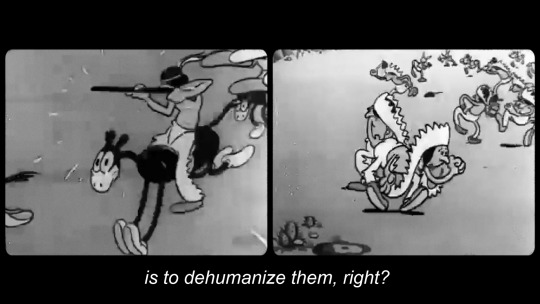
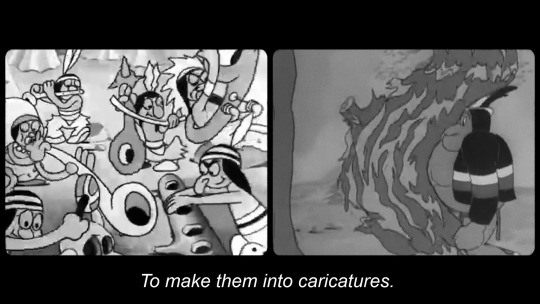
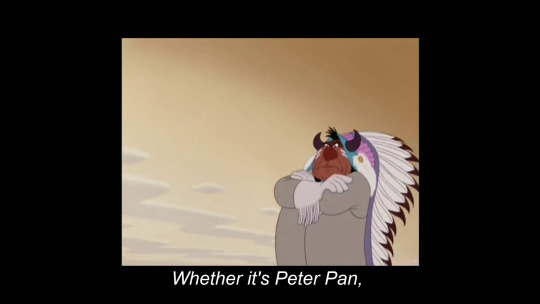


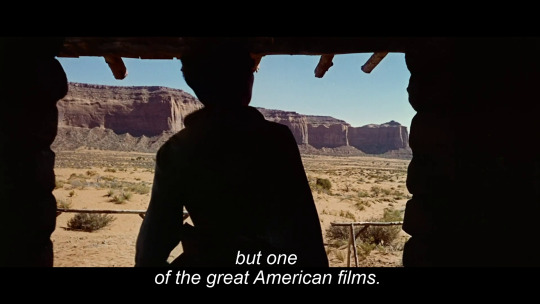
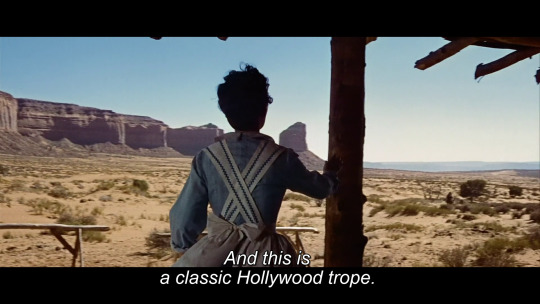

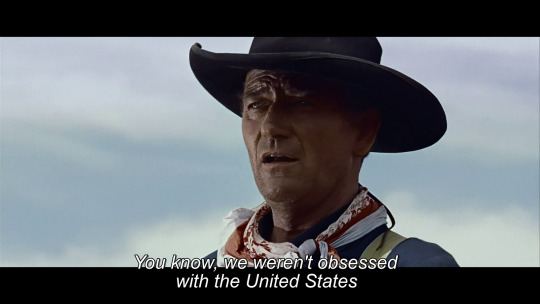
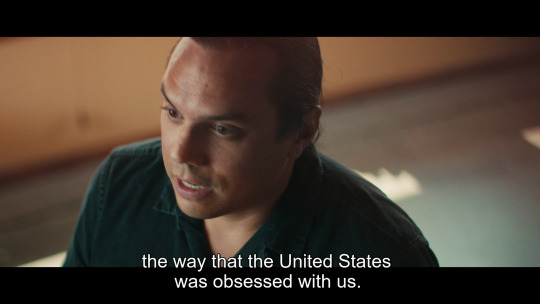
Lakota Nation vs. United States (Jesse Short Bull & Laura Tomaselli, 2022)
#lakota#indigenous#indigenous people#jesse short bull#laura tomaselli#female filmmakers#female directors#female directed films#women in film#native american#lakota nations vs. united states#documentary
47K notes
·
View notes
Text



Lily Gladstone photographed by Romona Rosales, interview in Empire Magazine Summer 24 edition (May 9)
#lily gladstone#movies#lgbtq#photography#empire magazine#women in film#actress#fancy dance#killers of the flower moon#wlw#fashion#native#indigenous#film
212 notes
·
View notes
Text
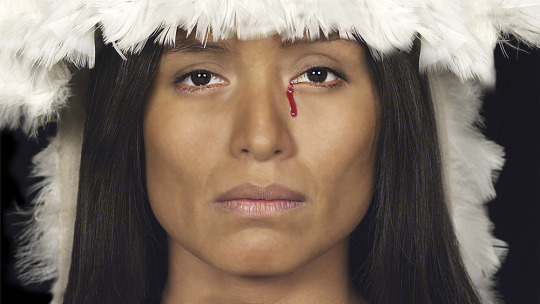
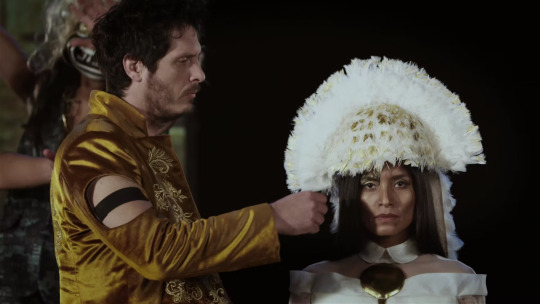
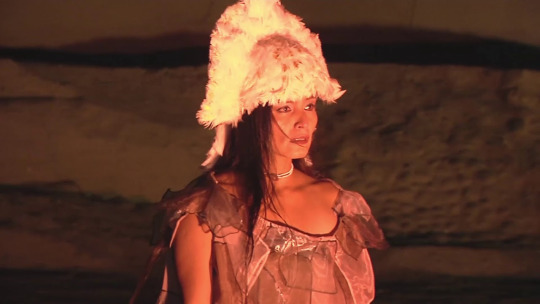
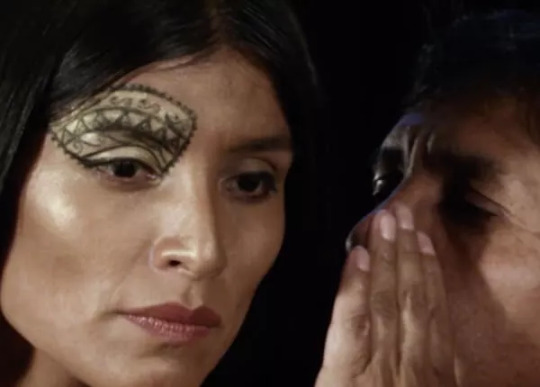
Short film: “The Last Inca Princess”

About the tragedy and colonization of Beatriz Clara Coya being forced to wed Spanish Captain Martín García Óñez de Loyola.
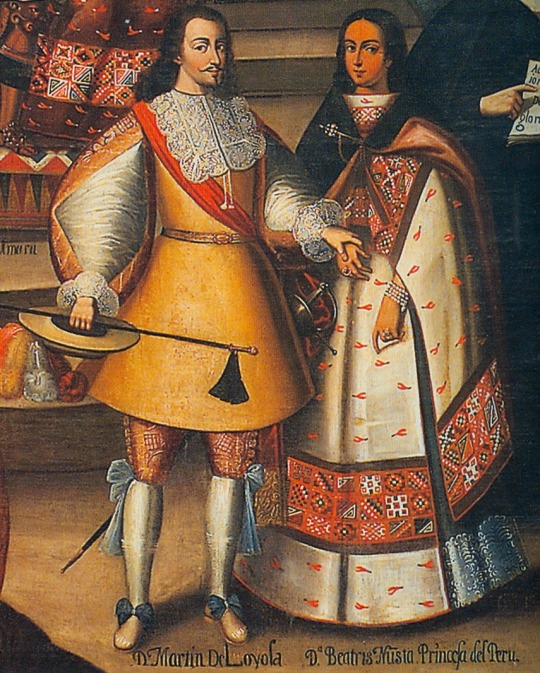
#beatriz clara Coya#andean history#andean tumblr#andean indigenous#indigenous to peru#indigenous women#bipoc#native south american#ndn tumblr#andean#inca#andean diaspora#andean films#andean short films#ndn women in history
21 notes
·
View notes
Text



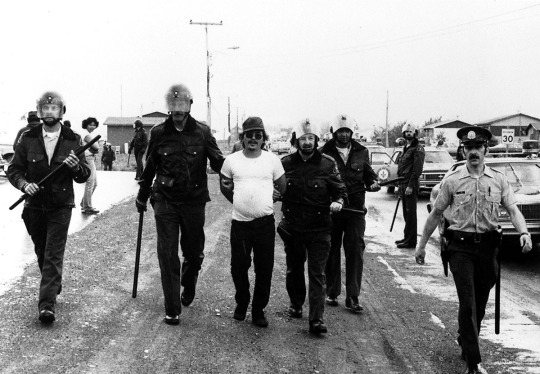
At Ninety-One, Alanis Obomsawin Is Not Ready to Put Down Her Camera
She revolutionized cinema and is inspiring the next generation of Indigenous filmmakers
Until a few years ago, the National Film Board was headquartered in a sprawling suburban complex off a Montreal highway. In 2019, it moved into its new downtown space, a slick thirteen-storey building designed with Obomsawin in mind. In a reception room on the main floor, a recording of an interview with her plays on loop. On the second floor is the 138-seat Alanis Obomsawin Theatre. A few floors above, a still from Kanehsatake: 270 Years of Resistance covers the wall of a conference room. If her work and image are part of the building’s DNA, it’s because she has become, as Wente puts it, the raison d’être of Canada’s public film producer and distributor. “If you were to ask me why the NFB should exist,” Wente tells me, “she’s why. She’s who I would point to.”
Read more at thewalrus.ca.
Stills and photography from When All the Leaves Are Gone (2010), Kanehsatake: 270 Years of Resistance (1993), Christmas at Moose Factory (1971), and Incident at Restigouche (1984), courtesy of the National Film Board
#Film#Documentary#Indigenous#Alanis Obomsawin#Directed by women#Photography#September/October 2023#Zoe Heaps Tennant
57 notes
·
View notes
Text
i saw that review on letterboxd of all the rhetorical questions for barbie and like… the more i think abt it, the more i’m certain that the review’s author fundamentally misunderstood the film. barbie land is not a utopia in the way that adults would think abt a utopia, like the author seems to imply… barbie land is canonically shaped by little girls playing with their dolls. that’s why we see a supreme court. thats why there are nobel prizes and authors and lawyers (also because that’s how the toys are marketed… would there be a mermaid in ur utopia??? there would be in mine!). that’s why barbie and ken don’t necessarily know what a boyfriend and girlfriend are “meant” to do (not to mention that the author’s assumption that sex is fundamental to a romantic relationship is problematic at best). that’s why barbie is indifferent to ken (i personally had the life size barbie and my sister had the barbie dream house—we had the working woman barbie game, i had the genie barbie gameboy game, we had countless barbie dolls; we didn’t own a single ken doll lol). barbie land is a world created by and for little girls as they play with their dolls (she says in a comment on the original post “don’t little girls play with their dolls in a sexual way?” and yeah, sure, some do. but i didn’t and i’m sure there are others who didn’t… just like there are some girls who completely mutilated their own dolls and made them into horrifying creatures)… that’s why stereotypical barbie starts having an existential crisis—because a grown woman begins to play with her doll again and starts reshaping barbie land… we, as the audience, are meant to understand this as an outlier to how barbie land is canonically created. the author also calls ken “crass” and “slovenly”… maybe after he builds the patriarchy in barbie land he becomes “crass” but i wouldn’t call him slovenly at any point in the film (i suppose this is just semantics tho).
also, please stop saying that barbie land is a reversal of the real world. it isn’t, even if that may have been the filmmakers intentions. again, barbie is indifferent to ken. she does not abuse him, she does not treat him like he exists to service her by cooking or cleaning or providing other favors for her… barbie does not oppress ken in the way that men oppress women in the real world (we have no idea if he owns property or where he lives and she doesn’t seem to particularly care—extremely different from the fact that women couldn’t have their own bank accounts or credit cards, get a mortgage on their own or divorce their husbands through no fault divorce until the second half of the 20th century in the us… within a lot of our mothers and grandmothers lifetimes!!!!) and it is a complete disservice to conflate or equate the two. we actually see barbie drawing clear boundaries around her time and space in regards to ken—this is not a reversal of misogyny as women and girls experience it in the real world, by any stretch of the imagination.
is the film perfect or revolutionary or radical? of course not. it was produced by major studios and corporations in hollywood. of course the barbie movie is a fucking commercial for barbie, like… to expect anything different is just extremely dumb on your part if u saw the trailer, saw the marketing, saw the interviews, bought a ticket, and sat ur ass in the theater, like be fuckin serious. but don’t do women and girls a disservice by discrediting the world and thoughts and ideas it could open up for them by seeing themselves be taken seriously on screen in a major summer blockbuster with stupid fucking questions because u want to feel superior to everyone else because YOU and ONLY YOU see through the capitalist marketing of lipstick pop girlboss feminism (especially when juxtaposed with the way the female characters are treated in oppenheimer, which we cannot help but compare to the barbie film with the viral marketing of barbenheimer).
#i had to block a bunch of people so their barbie takes would stop showing up in my for you tab lol#i just wanna read steddie fanfic and reblog cute barbie gifs not see ur lame ass takes abt how barbie is evidence that both patriarchies#AND matriarchies are bad#there is not a society on earth where women treat men the way women have treated women for millennia… even the matriarchies smh#the way men have treated women*** literal smh!!!!#barbie spoilers#tagging this as barbie spoilers but not using the barbie tag bevause i don’t want to get into all that tbh#i’m just frustrated… esp as someone who teaches film#every time a female led film comes out we have to have these same convos over and over#let’s talk abt how oppenheimer glorifies the atomic bomb and doesn’t acknowledge the indigenous populations that the bomb was tested on!!!!#let’s talk abt how oppenheimer doesn’t even acknowledge the japanese experience of the bomb!!!! bevause oppenheimer is the real victim#let’s talk abt how christopher nolan repeatedly uses the trope of mentally ill suffering crazy woman to propel his male protagonists story!!#he’s just so sad :( that he killed thousands of ppl :(#anyways i’m over it lol#ok wait making this non rebloggable bevaude i don’t wanna argue w anyone i literally jus wanna say my piece into a void 🙏
49 notes
·
View notes
Text

not to start shit this early in the day but the fact that this is the most popular review of fancy dance and therefore the first thing people will see when they check out the film on letterboxd is fucking insulting
12 notes
·
View notes
Text

Celebrating Alanis Obomsawin!
"Alanis Obomsawin (Abenaki) is a trailblazing artist, performer and activist celebrated internationally as one of Canada’s most distinguished documentary filmmakers.... Her films address the struggles of Indigenous peoples in Canada from their perspective, giving prominence to voices that have long been ignored or dismissed."
Streaming now through January 30, 2023 in Media City Film Festival's Thousand Suns Cinema:

Christmas at Moose Factory, 13 min, 1971

My Name Is Kahentiiosta, 29 min, 1995

Kanehsatake: 270 Years of Resistance, 119 min, 1993
'After the government told the film crew that they couldn’t guarantee their safety should a fight occur, only Obomsawin stayed. “I saw so many people, like the warriors, having so much courage—feeling that they had a mission in going through with this. I felt like I had the courage enough to stay there and document it, and that’s how the film got made.”' Read more in Canada’s Documentary Essentials: ‘Kanehsatake: 270 Years of Resistance’,
Find out more about Obomsawin's filmography on MUBI:

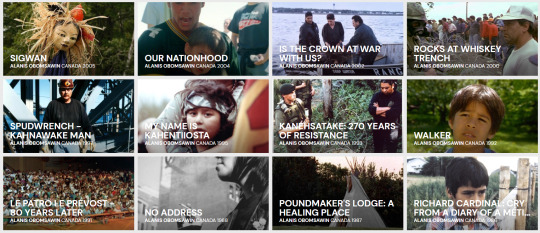


63 notes
·
View notes
Text

Clear Lake Swimming. Nicaragua. 35mm color film.
#hispanic woman#latina#indigenous women#white dress#wet dress#woman swimming#black hair#natural beauty#no makeup#natural woman#35mm color film#35mm film#ai photo#ai portrait#woman#underwater#underwater photography
5 notes
·
View notes
Text
GONE (2024):
Defense lineman
Forms group for native women
Missing and murdered
#gone#random richards#poem#haiku#poetry#haiku poem#poets on tumblr#haiku poetry#haiku form#poetic#documentary#short documentary#short film#Ryan Travis#buffalo bills#Eli Ankou#Hanna Harris#missing and murdered indigenous women#mmiwawareness
4 notes
·
View notes
Text
Christopher Nolan actually needs to stop making movies fr
#writing a sympathetic biopic abt the man who invented the atomic bomb?? are we fr actually#like my grandma was born in New Mexico in the early 1940s. they were testing that thing down the road in the white sands#the film didn’t even have to go in to.. Japanese trauma (it should have ??) but the least it could have done is talk abt ..#the environmental violence it waged against local communities#(esp indigenous communities)#within New Mexico (one of the most impoverished us states especially at the time)#like if they want a .. usa perspective#god what a stupid film#ntm I don’t even need to watch that film to guess how that wife character is going to be portrayed#bc the real enemy of every Nolan movie is women
1 note
·
View note
Text
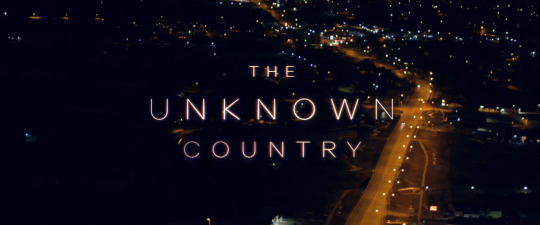



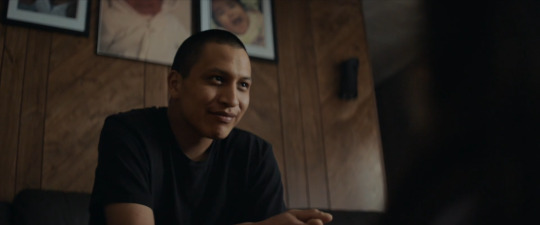


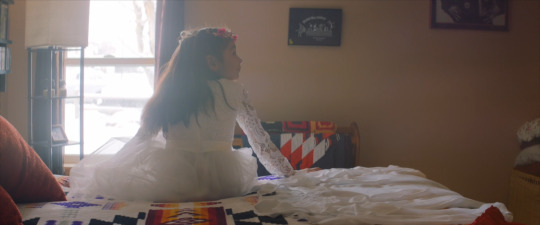
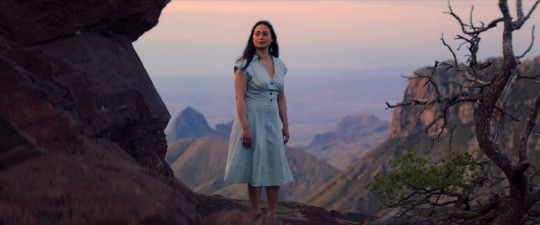


The Unknown Country (Morrisa Maltz, 2022)
#lily gladstone#the unknown country#morrisa maltz#native american#indigineous people#female filmmakers#female directors#female directed films#women in film#female screenwriters#indigenous
221 notes
·
View notes
Text







Lily Gladstone photographed by Tina Tyrell for Interview Magazine, September 2023.
#lily gladstone#tina tyrell#interview magazine#photography#photoshoot#movies#sapphic#lgbtq#wlw#celebrity#big d energy#women in film#actress#native#indigenous
22 notes
·
View notes
Text
Just gonna plug a beautiful film called "We Will Speak" (sorry, I can't quite get the Cherokee translation in here, I need to figure that out). It's a documentary about different Cherokee people, all leaders in their own ways in the efforts to support and continue Cherokee language and culture--almost every person in the film is Cherokee. There are babies, little kids, teenagers, younger adults, and elders all together. They discuss their elders' experiences with the "boarding schools" and their struggles with their culture, the younger folks' desire to learn and understand and keep that culture, and how life for Cherokee folk is now. It's beautiful.
😭😭
#indigenous languages#indigenous#indigenous children#indigenous women#indigenous history month#cherokee#We Will Speak (film)
89K notes
·
View notes
Text


Magaly Solier behind the scenes of the short film, “Ñusta Huillac: La Tirana”
#Ñusta Huillac: La Tirana#Ñusta Huillac#Magaly Solier#indigenous Quechua#Andean women#Andean history#Andean historical figures#Short films#Andean#Tawantinsuyu#andean region#native south american women#Inca Princess
10 notes
·
View notes
Text
Yalitza Aparicio Martínez is an acclaimed Mexican actress, educator, and activist, best known for her powerful portrayal of Cleo, an indigenous domestic worker, in Alfonso Cuarón’s 2018 film Roma. Born on December 11, 1993, in Tlaxiaco, a small town in the state of Oaxaca, Aparicio comes from an indigenous Mixtec family and was raised in a community where indigenous culture and languages are an integral part of daily life. Her mother is of Triqui descent, another indigenous group from the region, and Aparicio herself is fluent in Mixtec, her mother tongue. This connection to her indigenous roots has been central to her identity, shaping her advocacy and public image.

Growing up in a marginalized region of Oaxaca, Aparicio faced the kinds of challenges common among indigenous communities in Mexico, including economic hardship and social stigma. Her initial career path was in education, a respected and vital profession within her community, where she trained as a preschool teacher. Teaching young children was a fitting path for her, given her empathy, patience, and passion for cultural preservation. Although she had never trained in or dreamed of pursuing acting, her life took a transformative turn in 2016 when she was encouraged to audition for Roma, a project that was then largely kept secret. Despite her lack of acting experience, Aparicio’s natural expressiveness and her cultural background aligned well with Cuarón’s vision for the film, leading her to be cast in the lead role.

Roma is a semi-autobiographical film based on Cuarón's own upbringing in Mexico City, and it tells the story of Cleo, a Mixtec domestic worker who works for a middle-class family in 1970s Mexico. The film’s story provides a deep examination of class, race, and indigenous identity within Mexican society. Aparicio’s performance was both restrained and evocative, embodying the quiet strength, resilience, and dignity of a woman who navigates systemic inequality while caring for her employers' family.

Her portrayal of Cleo was met with universal acclaim. Critics praised Aparicio for bringing authenticity to the role, with her performance celebrated for its nuance, empathy, and emotional depth. The film premiered at the Venice International Film Festival in August 2018, where it won the Golden Lion, the festival's highest award. Aparicio’s role soon made her a household name, not only in Mexico but internationally.

Aparicio made history as the first indigenous Mexican actress and the second Mexican woman to be nominated for the Academy Award for Best Actress, following Salma Hayek’s nomination for Frida (2002). Her nomination was monumental, not only because it highlighted indigenous talent in a global arena but also because it challenged the predominantly Eurocentric standards of beauty and success in the entertainment industry. Aparicio’s nomination sparked widespread discussion about race, class, and representation within Mexican and Hollywood cinema.

Despite some criticisms within Mexico from individuals who dismissed her achievements due to her lack of formal acting training, Aparicio's nomination was celebrated as a landmark for the indigenous community. Many people viewed her success as a beacon of progress in a society where indigenous communities have long faced marginalization.
Following her success in Roma, Aparicio became an influential figure for indigenous rights, racial equity, and women’s empowerment. She was named a UNESCO Goodwill Ambassador for Indigenous Peoples, using her platform to promote the preservation of indigenous languages and cultures. Aparicio’s advocacy emphasizes not only the importance of cultural pride but also the need for systemic changes to address historical injustices and discrimination against indigenous people in Mexico and beyond.

She has been outspoken about her experiences with discrimination, sharing that even after her Oscar nomination, she continued to face racism and classism, both in Mexico and internationally. Aparicio has been an advocate for better representation of indigenous people in media, calling for a more inclusive portrayal of indigenous narratives in film, television, and other storytelling platforms. She often speaks about the need for authenticity in such portrayals, advocating for indigenous actors to play indigenous characters, a stance that is part of a broader movement toward decolonizing the media.
After Roma, Aparicio continued to explore acting opportunities while balancing her advocacy work. In 2019, she was featured on the cover of Vogue México, making history as the first indigenous woman to appear on the cover of the magazine. The cover sparked discussions on beauty standards and the representation of indigenous women in fashion and media, an industry where Eurocentric beauty standards have traditionally prevailed.

Aparicio has since appeared in a few short films and participated in numerous projects focused on social causes, including a docuseries, Peace Peace Now Now, which highlights stories of women who have survived various forms of violence. Additionally, she has used her platform to speak out on behalf of domestic workers’ rights, supporting legislative efforts in Mexico to provide labor protections for domestic workers, many of whom come from indigenous backgrounds.


Yalitza Aparicio’s emergence as a global figure has had a profound impact on Mexican society and the representation of indigenous people in the media. Her success has helped to challenge entrenched stereotypes and inspire a new generation of indigenous actors and activists. Aparicio has opened conversations on the importance of intersectionality, examining how factors such as gender, ethnicity, and socioeconomic status shape people’s lives and opportunities.

In a world where indigenous voices are often sidelined, Aparicio stands as a symbol of resilience, cultural pride, and change. Her journey from a small town in Oaxaca to the Oscar stage embodies a narrative of possibility and empowerment that resonates with marginalized communities worldwide. Through her ongoing work, Aparicio is not only a celebrated actress but also a prominent advocate for indigenous rights and representation, continuously using her influence to fight for a more inclusive and equitable society.
#yalitza aparicio#roma movie#alfonso cuarón#indigenous representation#mixtec culture#mexican cinema#oscar nominee#oaxaca#latina empowerment#indigenous rights#women in film#unesco ambassador#intersectionality#mexican actress#vogue méxico#social justice#cultural pride#female empowerment#hollywood diversity#representation matters
0 notes